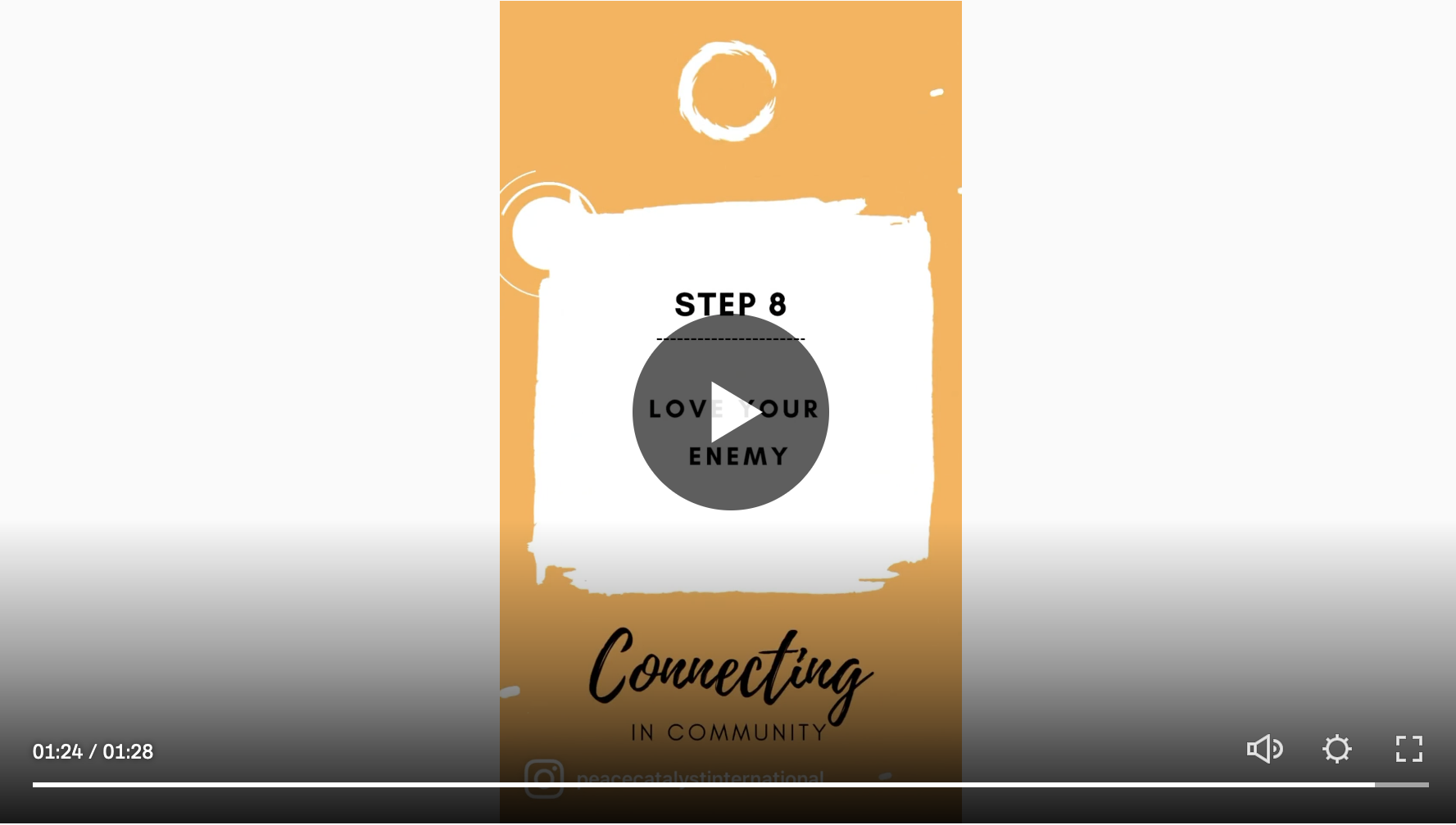LATEST POSTS
Getting Started With Community Peacebuilding: The Journey of Loving Your Neighbor and Transforming Your Community
How do we kindle the compassionate desire to love and serve our neighbors, while also learning that loving them means transformig the underlying conditions and conflicts causing harm? Learn about Peace Catalyst’s three-fold approach to community peacebuilding.
Connecting in Community Step 10: CELEBRATION SUSTAINS US
Sometimes, peacebuilding can be hard, and there’s so much conflict and division in our world that we can easily get stuck in the hurt, so making space to celebrate what’s good and beautiful helps us to slow down, care for ourselves, and remind ourselves of the future we’re working toward. Here are some suggestions for practicing this:
Connecting in Community Step 9: TAKE ACTION FOR CHANGE
Step 9 to connecting in your community is to TAKE ACTION FOR CHANGE. We believe that part of our job as peacebuilders is working for justice in our communities. Restoring relationships is the heart of our work, but violence and unequal systems and cultures also need to be transformed.
Connecting in Community Step 8: LOVE YOUR ENEMY
A core element of peacebuilding is helping those who perceive each other as enemies to choose peace, reconcile, and find a way forward together. If we’re going to help others reconcile, we also need to do the hard work of practicing it ourselves.
Seeing 'The Other' as Myself
We’re walking through 10 easy, practical steps anyone can take to start to be a peacebuilder in their community. This is the story of one peace catalyst who took the challenge to connect with “the other.”
Connecting in Community Step 7: CONNECT WITH THE 'OTHER'
Communities will always have in-groups and out-groups, those with more influence and those with less. The question is, how will these groups relate? Will the out-groups - the “other” - be welcomed into relationship and decision-making, or will they be kept on the outskirts of the community?
Connecting in Community Step 6: CONNECT WITH YOUR NEIGHBORS
We want to engage our whole community in peacebuilding, so we’re giving you 10 small, easy things you can do to start connecting in your community by understanding yourself, your context, the people in your community, and the conflicts in your setting. Step 6 is CONNECTING WITH YOUR NEIGHBORS. Healthy communities are built when neighbors know, trust, and care for each other, so this one is important.
Connecting in Community Step 5: EXPLORE YOUR COMMUNITY'S CONFLICTS AND DIVISIONS
Reflect on a division you feel in your community, religious congregation, or family. How is that division impacting people’s relationships and wellbeing? Or consider a larger, national culture war or political struggle. How is it filtering down into your local setting? How does it affect you, your neighbors, or your family members?
Connecting in Community Step 4: DISCOVER THE STORY(IES) OF YOUR COMMUNITY
Every community has a history and many stories about how that history is understood. Most, if not all, social divisions and conflicts have roots in these histories and stories, so here are some questions to help get into your community's history:









